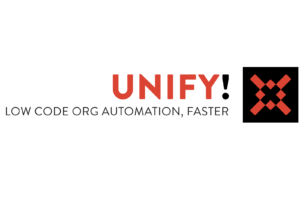If you have had Salesforce for a while we can bet that it has been updated many times to reflect changes in your business strategy, tactics, and processes. We also know that for each of the years you have owned Salesforce, Salesforce has come out with 3 major updates, each with hundreds of new, updated or deprecated features.
The Summer 2020 release had an important update that you should be aware of, Salesforce has announced that it will no longer be enhancing Process Builder and will eventually be retired. All of their energy will be put into Flow.
What should I be doing differently?
Short Term
- Stop building processes in the Process Builder.
- All new processes should be built in using Flow.
- Any time you have to update or change a process in Process Builder, consider rebuilding it Flow.
- To get started on learning Flow, check out this Trailhead.
Long Term
We see this as an opportunity to revisit all of your process automations. Salesforce is doing a lot to help point and click admins to automate business processes without needing to write code. This means that some of the code that you may have had to develop in the past might be able to be moved to Flow.
Benefits
- Moving code to Flow lowers your tech debt which makes it easier and faster to make changes
- Moving to Flow from Process Builder increases the life of each process since Process Builder is going aways
- Moving to Flow from Process Builder will reduce possible issues that may arise over time as Salesforce moves away from Process Builder leading to its retirements.
- We have seen that over time as organizations have continued to add to their salesforce they do so working around past configurations and code that is in place. This may not be the most efficient way for the process or code to operate. Taking a unified approach to the architecture of how all the code should not only be written but working together reduces the complexity of your system.
How we can help.
We have an offering called Unify that can help. Unify allows us to work with you to; inventory and validate each of your business automation so that we can define a path forward to consolidate and refactor all of your business automation and code to follow what is now considered best practice.

The plan will help you define a unified approach and architecture to business automation as well as prioritize the work. If this work is something you need help with from the Unify plan we can price a project and timeline to assist you.






